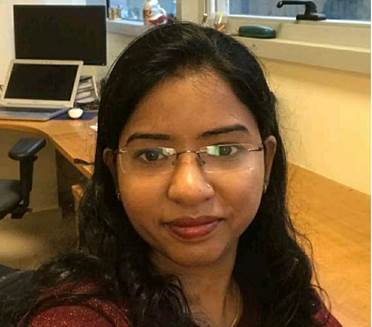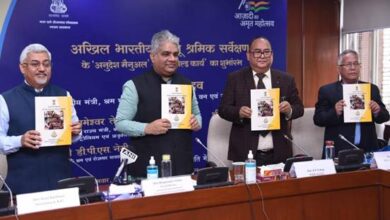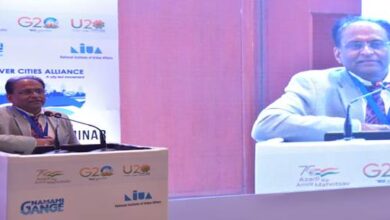DST-INSPIRE Faculty fellow working on doping techniques for monolayer and bi-layer 2D-semiconductors for future 2D-electronics devices optimization
PIB News with News Investigation

Dr. Divya Somvanshi, currently working at the Department of Electronics and Telecommunication Engineering (ETCE), Jadavpur University, Kolkata, is a recipient of the INSPIRE Faculty fellowship instituted by the Department of Science & Technology, Govt. of India. As an INSPIRE Faculty fellow, she is working on doping techniques for monolayer and bilayer 2D-semiconductors, doping enhancement using strain engineering, and the effect of stacking order on metal/2D-semiconductor contact that can guide experiments for future 2D-electronics devices optimization.
Due to the continual shrinking of the dimension of transistors, silicon (Si) technology has reached its limit; therefore, new materials systems and device designs have been explored to carry on Moore’s law. The exceptional and tunable nature of two-dimensional (2D) semiconductors has opened new possibilities for nanoelectronics, optoelectronics, and sensors applications.
In her current research work, Dr. Divya’s group compares oxide doping techniques for monolayer (1L) and bilayer (2L) 2D-semiconductors, which look very promising due to their stability, CMOS compatibility, and high device performance. They have also theoretically studied fundamental insight of the substitutional doping in 2D materials, doping enhancement using strain engineering, and the effect of stacking order on metal/2D-semiconductor contact that can replace or guide experiments for future 2D-electronics devices optimization. The 2L semiconductors are interesting for next-generation electronic device applications due to their additional degree of freedom, such as stacking order.
Her recent work on 2L- Molybdenum diselenide (MoSe2) suggested that choice of stacking order is very crucial in Au/2L-MoSe2 contact, which is critical for 2L–Transition metal dichalcogenides (TMDCs) (a new family of 2D nanosheets) based device optimization. This work has been published in the journal ‘Solid State Communications’. Further, controlled enhancement of doping concentration represents a critical obstacle for fully utilizing 2D materials for the next-generation electronic device. The dopant formation energy (Eform) is a critical parameter that primarily influences the doping concentration. In one of her recent works, she is exploring the possibility of enhancing doping concentration by application of mechanical strain in transition metals-doped WSe2 (Tungsten diselenide) monolayer. This work has been accepted for publication in ‘Europhysics Letters’.
Dr. Divya says, “With the financial assistance from the DST-INSPIRE Faculty project grant, a 2D-Materials Atomistic Simulation Lab has been established in the Department of ETCE, Jadavpur University to carry out research activities and training of the Ph.D. / PG level students. The objective of this Lab is to study and analyze novel properties of 2D materials and their heterostructures- based electronic devices into functional technology, even if their operation is beyond existing paradigms.”
Along with that, she is also working on an experimental setup for the synthesis of different nanostructures of 2D semiconductors such as quantum dots (QDs), nanosheets, etc., using this fellowship grant.



